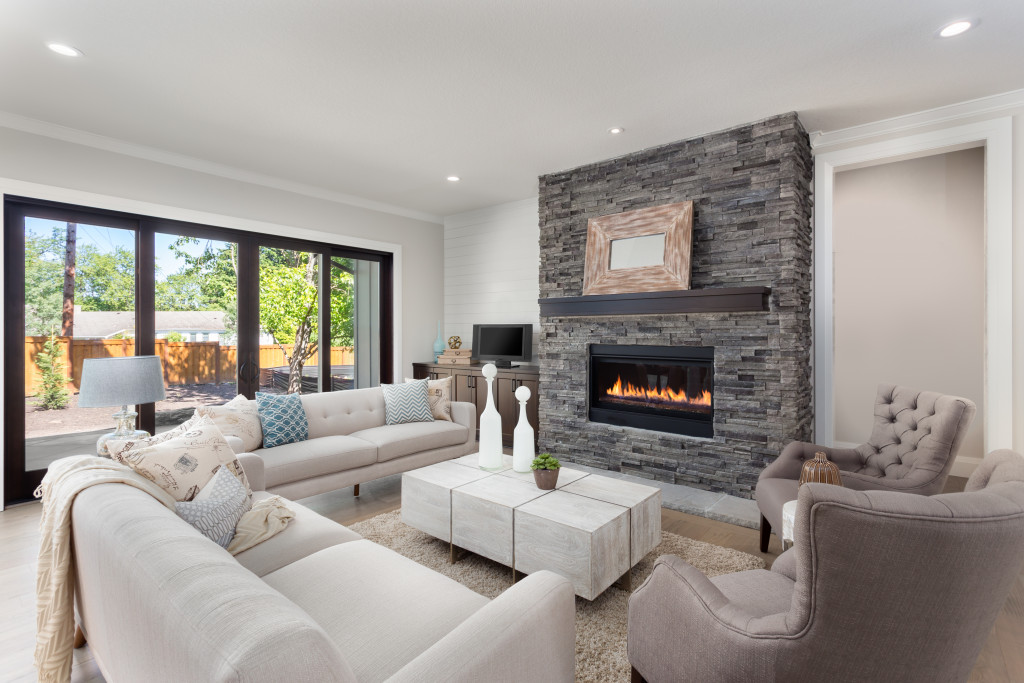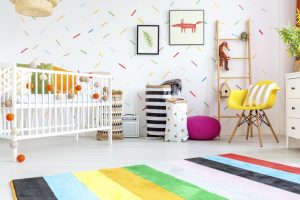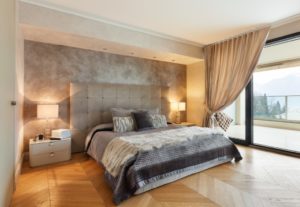- Making your home family-friendly involves optimizing space and creating versatile living areas
- Safety measures and accessibility are crucial for a comfortable and secure environment.
- Eco-friendly upgrades not only benefit the environment but also teach valuable lessons to children.
- Enhancing outdoor living can provide a relaxing, fun, and safe space for the whole family.
- With thoughtful planning, you can create a home that supports the well-being and happiness of your family.
Creating a functional and welcoming home for all family members can be fulfilling. Whether you’re renovating your first home or looking to make your current residence more family-friendly, these five home improvement tips will guide you in creating a space that meets the needs of adults and children, fostering a comfortable and safe environment for everyone.
1. Optimize Space with Storage Solutions
Effective storage solutions are key to maintaining order and reducing clutter in a family home. Consider built-in storage options like shelves, cabinets, and benches with hidden compartments. These not only maximize space but also keep the house tidy and organized. For children’s areas, low shelves and accessible bins encourage them to keep their toys and belongings in order.
In common areas like the living room, multi-functional furniture such as ottomans with storage or couches with drawers can be practical and stylish. Consider how each room is used and tailor your storage solutions accordingly, ensuring everything has a place and the space remains uncluttered and open.
2. Create Versatile Living Spaces

Adaptability is essential in a family-friendly home. Open-plan living areas allow for flexibility, enabling you to keep an eye on children while cooking or working. However, it’s also important to have defined zones for different activities.
Here are some tips on how to create versatile living spaces:
Strategic Furniture Placement
When it comes to creating versatile living spaces, furniture placement is key. Instead of pushing all the furniture against the walls, try floating them in the room to create defined zones. This can be done using bookshelves, screens, or even large plants as temporary dividers.
Multifunctional Furniture Pieces
Investing in multifunctional furniture is a great way to optimize space and create versatile living areas. For example, a storage ottoman can serve as extra seating, a coffee table, and much-needed storage. A daybed can function as a sofa during the day and transform into a guest bed at night.
Modular Furniture
Modular furniture offers endless possibilities for customization and flexibility. These pieces can be rearranged and combined to suit different needs and activities. For instance, a modular sofa can easily transform from a family movie night setup to individual seating for reading or working.
Utilizing Vertical Space
Don’t neglect the vertical space in your home when trying to create versatile living areas. Installing shelves or wall-mounted storage solutions can free up floor space and provide additional storage. Vertical dividers like hanging plants or curtains can also help define different zones in an open-plan layout.
3. Safety and Accessibility
Safety should always be a top priority when improving your home, especially in a household with children. Start by childproofing areas like the kitchen and bathroom. Install safety locks on cabinets, secure heavy furniture to walls, and ensure all electrical outlets are covered or out of reach.
Accessibility is also important. Ensure that all family members can use the home comfortably. This might mean installing handrails in the bathroom, using non-slip mats, or ensuring the home is navigable for family members with mobility challenges. Small changes can make a big difference in creating a safe and accessible environment for everyone.
4. Eco-Friendly Upgrades

Making your home more eco-friendly is not only beneficial for the environment but can also be educational for your children. Start with energy-efficient upgrades like LED lighting, low-flow toilets, and energy-saving appliances. These changes reduce your utility bills and your home’s carbon footprint.
Consider involving your family in eco-friendly practices. Setting up a recycling station, starting a compost bin, or even planting a vegetable garden can be fun and informative activities that foster environmental awareness from an early age. These habits contribute to a healthier planet and teach valuable life lessons.
5. Enhancing Outdoor Living
The outdoor area of your home is just as important as the interior. Creating a family-friendly outdoor space can provide a wonderful area for relaxation, play, and social gatherings. Start by ensuring that your yard is safe and secure for children. This might mean installing fencing, removing hazardous plants, or ensuring that pools are properly gated.
One way to enhance your outdoor space is by considering an oak garage kit. This versatile structure can serve multiple purposes — from a traditional garage to a workshop, a play area, or even an outdoor family room. Its natural aesthetic blends well with most landscapes and provides a durable, functional addition to your property. Whether it’s for storage, hobbies, or simply a place to gather, this addition can significantly improve the usability and enjoyment of your outdoor space.
In Summary
Making your home family-friendly involves thoughtful planning and focusing family-friendly involves thoughtful planning and a focus on functionality, safety, and comfort.
By implementing these home improvement tips, you can create a space that accommodates the needs and activities of all family members, fostering a harmonious and enjoyable living environment. Remember, the goal is to create a home that looks good and supports your family’s well-being and happiness.



















